Help Us Keep This Guide Up to Date
Every effort has been made by the author and editors to make this guide as accurate and useful as possible. However, many things can change after a guide is published.
We would appreciate hearing from you concerning your experiences with this guide and how you feel it could be improved and kept up to date. While we may not be able to respond to all comments and suggestions, well take them to heart, and well also make certain to share them with the author. Please send your comments and suggestions to the following address:
Globe Pequot
Reader Response/Editorial Department
246 Goose Lane
Guilford, CT 06437
Or you may e-mail us at: editorial@GlobePequot.com
Thanks for your input, and happy foraging!
An imprint of Rowman & Littlefield
Falcon and FalconGuides are registered trademarks and Make Adventure Your Story is a trademark of Rowman & Littlefield.
Distributed by NATIONAL BOOK NETWORK
Copyright 2016 by Rowman & Littlefield
All rights reserved. No part of this book may be reproduced in any form or by any electronic or mechanical means, including information storage and retrieval systems, without written permission from the publisher, except by a reviewer who may quote passages in a review.
All interior photographs by Christopher Nyerges, unless otherwise noted
Maps: Alena Pearce Rowman & Littlefield
British Library Cataloguing-in-Publication Information Available
Library of Congress Cataloging in Publication Data Available
ISBN 978-1-4930-1870-3 (paperback)
ISBN 978-1-4930-1871-0 (e-book)
 The paper used in this publication meets the minimum requirements of American National Standard for Information SciencesPermanence of Paper for Printed Library Materials, ANSI/NISO Z39.48-1992.
The paper used in this publication meets the minimum requirements of American National Standard for Information SciencesPermanence of Paper for Printed Library Materials, ANSI/NISO Z39.48-1992.
The identification, selection, and processing of any wild plant for use as food requires reasonable care and attention to details since, as indicated in the text, certain parts are wholly unsuitable for use and, in some instances, are even toxic. Because attempts to use any wild plants for food depend on various factors controllable only by the reader, the author and Globe Pequot assume no liability for personal accident, illness, or death related to these activities.
This book is a work of reference. Readers should always consult an expert before using any foraged item. The author, editors, and publisher of this work have checked with sources believed to be reliable in their efforts to confirm the accuracy and completeness of the information presented herein and that the information is in accordance with the standard practices accepted at the time of publication. However, neither the author, editors, and publisher, nor any other party involved in the creation and publication of this work, warrant that the information is in every respect accurate and complete, and they are not responsible for errors or omissions or for any consequences from the application of the information in this book. In light of ongoing research and changes in clinical experience and in governmental regulations, readers are encouraged to confirm the information contained herein with additional sources. This book does not purport to be a complete presentation of all plants, and the genera, species, and cultivars discussed or pictured herein are but a small fraction of the plants found in the wild, in an urban or suburban landscape, or in a home. Given the global movement of plants, we would expect continual introduction of species having toxic properties to the regions discussed in this book. We have made every attempt to be botanically accurate, but regional variations in plant names, growing conditions, and availability may affect the accuracy of the information provided. A positive identification of an individual plant is most likely when a freshly collected part of the plant containing leaves and flowers or fruits is presented to a knowledgeable botanist or horticulturist. Poison Control Centers generally have relationships with the botanical community should the need for plant identification arise. We have attempted to provide accurate descriptions of plants, but there is no substitute for direct interaction with a trained botanist or horticulturist for plant identification. In cases of exposure or ingestion, contact a Poison Control Center (1-800-222-1222), a medical toxicologist, another appropriate heathcare provider, or an appropriate reference resource.
FOREWORD
Christopher Nyerges is the real thing. He has been teaching, lecturing, and leading field trips related to survival skills for over forty years through his School of Self-Reliance. The book goes beyond most of its kind in the enthusiasm about and personal experimentation and use of the plants the author includes. His firsthand experiences and insights into preparation and notes on palatability of edible plants from urban to wilderness environments add immensely to the usefulness of the book. Through his writing, Nyerges encourages us to seek food independence and attain a higher level of self-sufficiency and better health through the use of the edible plants around us.
Foraging Oregon should prove useful to backpackers, hikers, the lost and hungry, survivalists, and adventurous food explorers in Oregon and neighboring areas. In this, his fourteenth book, Nyerges provides a detailed compendium of over one hundred edible native and introduced plants available throughout the seasons in Oregons diverse ecosystems, including urban areas. He pulls together the data from written works, interviews, and his own extensive personal research. The following quote is a testimony to Nyerges dedication:
To give some examples of the many ways in which we can eat miners lettuce, consider a weekend survival trip I once led for a dozen young men. Our only food was what we fished or foraged, and there was very little growing in the area besides miners lettuce. We had miners lettuce salad, miners lettuce soup, fried miners lettuce, boiled miners lettuce, miners lettuce cooked with fish, and miners lettuce broth! If we were in a kitchen with all sorts of condiments, wed have had miners lettuce omelettes, and souffls, and stir-fries, and green drinks.
In the text, after treating the seaweeds, bracken ferns, and pines, Nyerges moves on to Umbellularia (Oregon myrtle; now segregated from mainstream flowering plants). The remaining plant profiles are first divided into the two great flowering plant groups, the eudicots (formerly dicots) and the monocots, then alphabetically into thirty-four families, according to the latest botanical classifications. The selection of edible plants for this book is based on his perspective of the plants that a person attempting to live off the land would actually be eating. A robust index to scientific and common names makes all entries easily accessible to the botanically inclined as well as to the botanical novice.
While this botanical family approach may put some off, there is a very good reason for organizing the entries this way. As noted periodically in the text, Nyerges was influenced heavily by his early ethnobotanical studies with Dr. Leonid Enari, senior biologist for many years at the Los Angeles County Arboretum & Botanic Garden, who was a teacher and mentor to the author. (I knew and respected Dr. Enari, my predecessor at the arboretum, for his commitment to sharing his knowledge with the public in his classes Edible, Medicinal, and Poisonous Plants and Plant Taxonomy.) Dr. Enaris teachings and encouragement inspired Nyerges to dedicate this book to his former teacher. Dr. Enari pointed out to his students the plant families and genera that were entirely safe to eat (albeit not all of them tasty or tender), a valuable insight and shortcut for any student once he has learned a familys salient features, and these teachings come through clearly in the book.



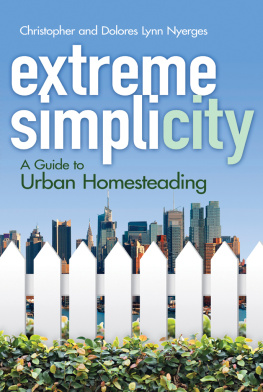
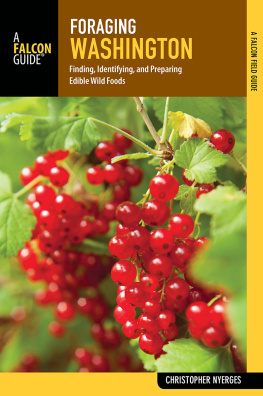
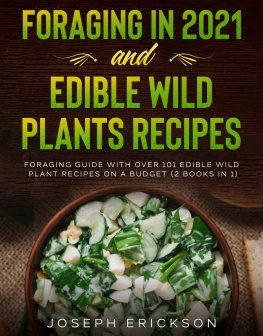
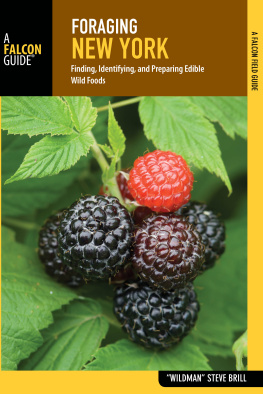
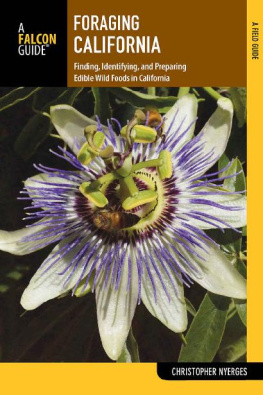
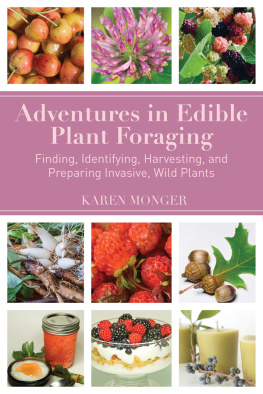

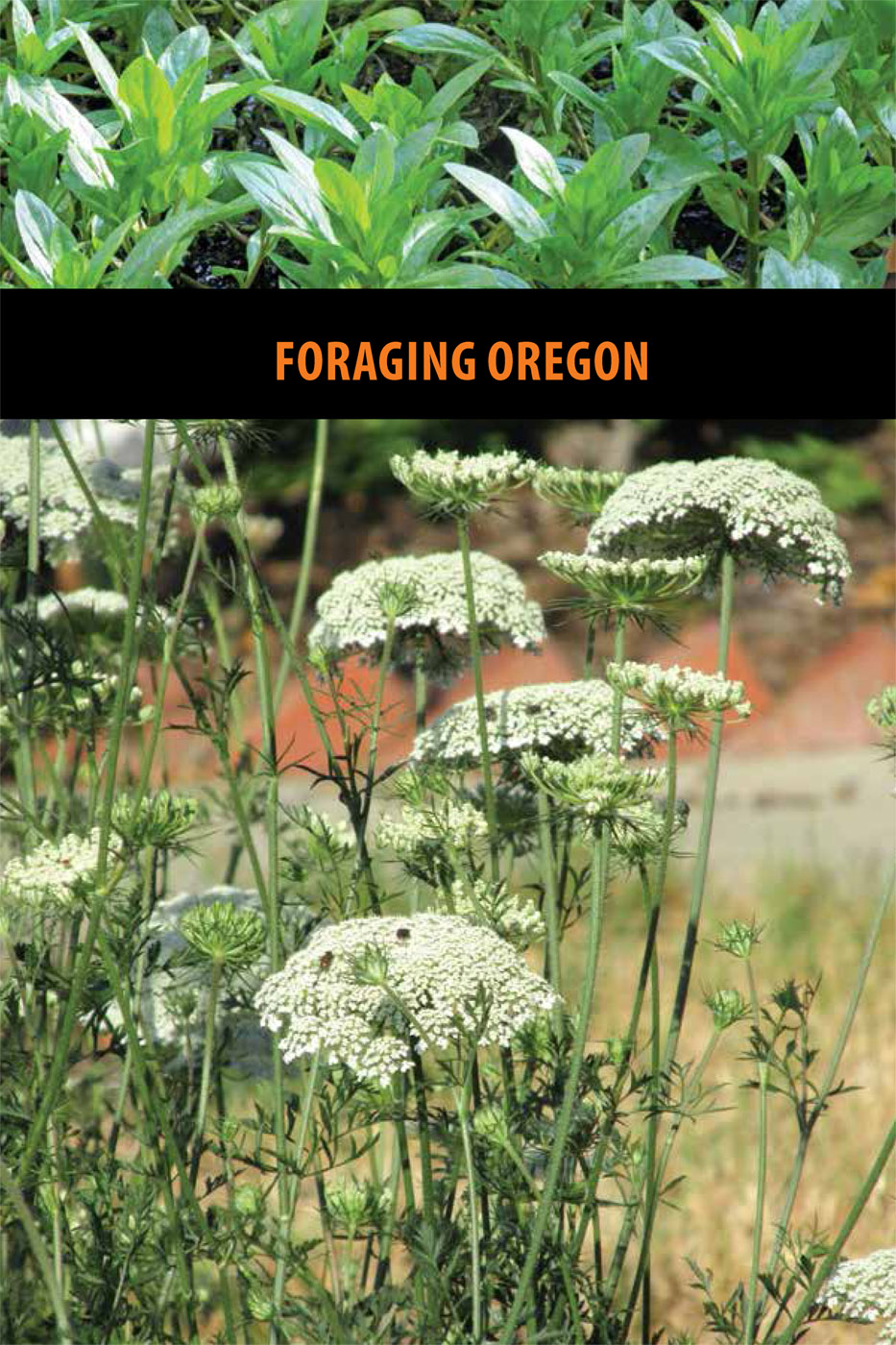

 The paper used in this publication meets the minimum requirements of American National Standard for Information SciencesPermanence of Paper for Printed Library Materials, ANSI/NISO Z39.48-1992.
The paper used in this publication meets the minimum requirements of American National Standard for Information SciencesPermanence of Paper for Printed Library Materials, ANSI/NISO Z39.48-1992.